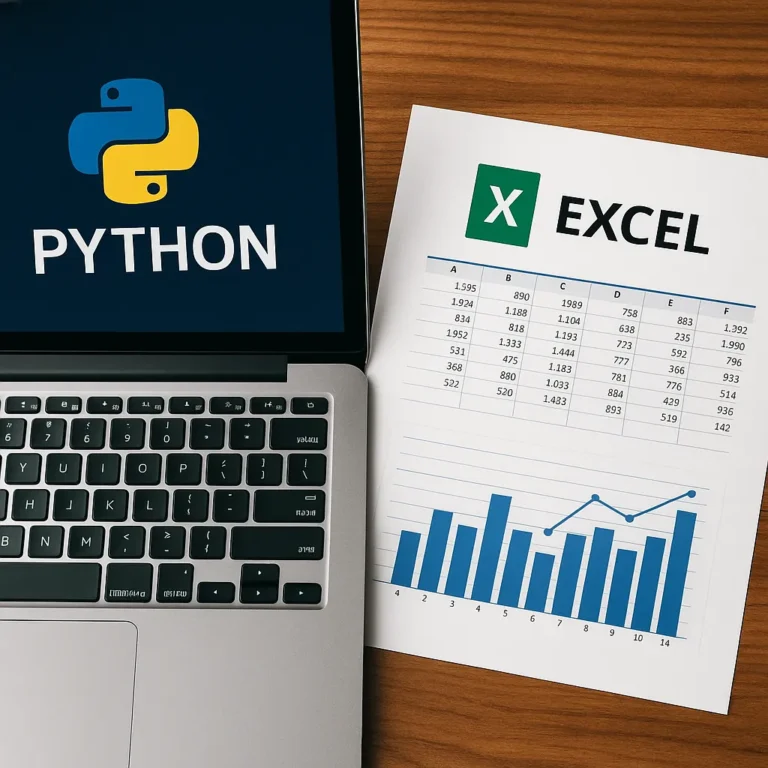CPR Trends in 2025: What’s Really Fueling Mortgage Prepayments
In 2025, the mortgage landscape continues to evolve at a rapid pace. Borrower behavior is no longer just a matter of credit scores and interest rates — it’s influenced by macroeconomic shifts, local housing booms, digital habits, and even new ESG regulations. The Conditional Prepayment Rate (CPR), a key metric in mortgage analytics, reflects these changes in real-time. But what exactly is pushing borrowers to pay off their loans early this year? Let’s break down the five major forces reshaping the CPR in the U.S. and beyond.
1. Interest Rates: The New Market Rhythm
Interest rates remain the core driver behind refinancing decisions — and thus, CPR fluctuations. After a series of monetary policy shifts, mortgage rates are still relatively high. As of mid-2025, the average 30-year fixed mortgage hovers between 6.1% and 6.4%. While the Federal Reserve eased its stance slightly in Q2, the impact on prepayments has been less pronounced than in the prior years.
Why? Borrowers who already capitalized on lower rates in 2023 and 2024 have little incentive to refinance again. Still, anticipation matters. Even before actual rate changes, some homeowners act early, attempting to lock in perceived savings. According to Infima’s AI-driven analytics, the borrowers most likely to prepay in 2025 are those with a prior refinancing history — individuals who are highly responsive to even minor fluctuations in rate forecasts.
2. Housing Prices: Local Peaks Spark Action
The real estate market remains hot — just not as overheated as it was in 2021–2022. In regions like Florida, Texas, and North Carolina, property values have reached new local highs. While the national growth pace has cooled, these local peaks serve as a major trigger for borrower decisions.
Homeowners in these areas are increasingly opting to sell, cashing in on equity gains. That equity, in turn, fuels credit line usage or goes toward paying down existing loans. Data from high-capitalization housing markets shows a direct link: average CPR rates in these zones have risen by 0.3 to 0.6 percentage points compared to national baselines.
3. Economic Activity and Labor Market Stability
A stable economy boosts borrower confidence — and prepayment behavior reflects that. In 2025, U.S. unemployment holds steady at around 4.3%, while GDP growth clocks in at 1.9% for the first half of the year. Inflation has finally cooled to 2.7%, easing pressure on consumer wallets.
These positive indicators have two distinct effects. On one hand, greater disposable income allows many households to get ahead on their mortgage payments. On the other, rising consumer spending may divert funds away from debt servicing, especially for lower-income borrowers balancing multiple obligations. In other words, strong macro signals don’t translate to uniform borrower behavior — but they do increase prepayment variability.
4. Gen Z and Millennials: A Digital-First Credit Mindset
Younger borrowers are changing the rules of mortgage engagement. Gen Z and younger Millennials (roughly under age 35) are embracing fintech platforms to manage debt. They use apps, receive push alerts, and act on real-time credit recommendations — often before traditional borrowers even check their mail.
The result? Prepayment rates among this demographic are 18% to 22% higher than those seen in older cohorts. This group is also more influenced by user interface design and personalized financial nudges. It’s not just about savings — it’s about interaction. Borrowers who feel “in control” through digital dashboards are far more likely to accelerate payments, particularly when analytics suggest an advantage.
5. Policy and Regulation: ESG and Tax Shifts in Focus
Regulatory shifts are starting to reshape the mortgage ecosystem. In particular, the integration of ESG (Environmental, Social, and Governance) metrics into credit scoring models could alter CPR patterns in select asset portfolios. These changes aim to promote sustainability, but they may also impact loan eligibility and risk perception, leading to unexpected prepayment spikes.
In parallel, certain U.S. jurisdictions have introduced tax incentives for home sales, especially in high-value property brackets. These policies encourage homeowners in the upper quartile of property assessments to sell — and in doing so, close out their mortgage obligations early. The effect is most noticeable in metropolitan regions where tax savings outweigh transaction costs.
Table: Key CPR Drivers in 2025
| Factor | 2025 Status | CPR Impact |
|---|---|---|
| Mortgage Rates | 6.1–6.4% avg. for 30-year fixed | Moderate increase in early repayments |
| Housing Prices | Local peaks in FL, TX, NC | +0.3–0.6% CPR in hot markets |
| Unemployment Rate | ~4.3% | Boosts repayment capacity |
| Inflation | 2.7% | Eases financial strain |
| Gen Z / Millennials | 18–22% higher prepayment activity | Driven by app engagement, alerts |
| ESG Regulations | Rolling implementation | Alters scoring and borrower incentives |
| Tax Incentives | Region-specific | Increases sales in top property quartiles |



